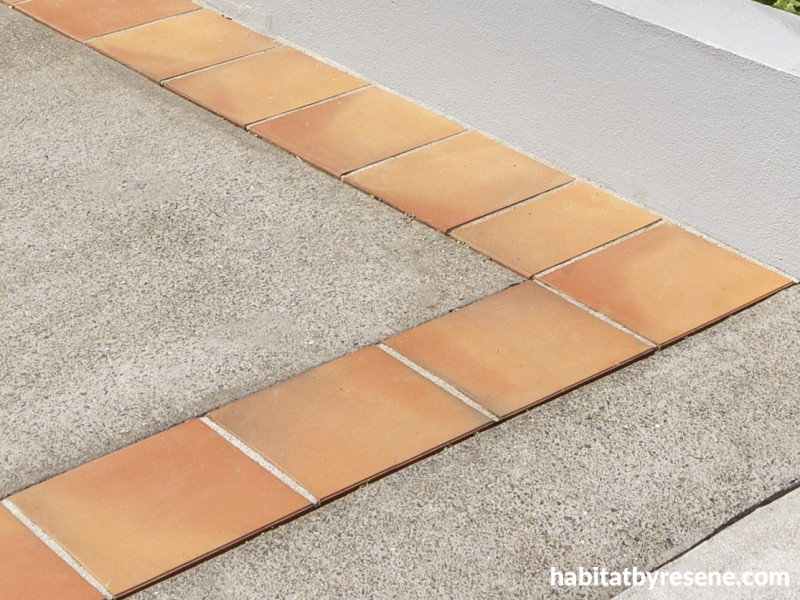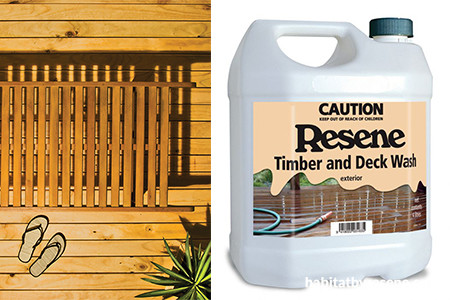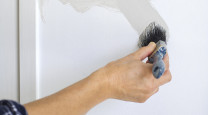
Tips on cleaning your outdoor areas
17 Jan 2023
There are few jobs as satisfying as using a waterblaster to blast away dirt, moss and mould from hard surfaces. The results are almost instant and can be incredibly rewarding.
Unfortunately, it is also easy to blast away paint, strip away waterproofing seals, fluff up the surface of some timbers and drive water into the building structure.
Thanks to BRANZ, we have some advice to help you avoid waterblasting damage.
The two key things with using waterblasters are to know what level of pressure is appropriate to clean a surface without damaging it and where a waterblaster should never be used at all. As always, check what the manufacturer of the construction material you are cleaning has to say – they typically have instructions about cleaning and maintaining their products.
There are many cases where low-pressure waterblasting is appropriate – for example, on permeable paving, clay and concrete tile roofs and timber shingle walls and roofs (but only in a downwards direction) or fences or concrete walls being prepared for repainting.
Waterblasting should never be used:
- Where a surface is already in a damaged or vulnerable state – this can include timber and concrete surfaces and older brick masonry walls with lime mortar
- Where there are gaps that water could be driven through into a structure such as older weatherboard wall claddings
- On membrane roofs
- On timber decks unless the manufacturer recommends this – waterblasting can make the timber surface furry
- Where paving is set in sand – waterblasting can sluice out the sand between the pavers
- On extremely old fibre-cement wall or roof claddings – there is a chance that these may contain asbestos fibres, and waterblasting could release these dangerous fibres into the air or soil, causing a health hazard
Cleaning timber and deck areas:
If your specification calls for a refresh of timber decking or wooden outdoor space, try to avoid recommending waterblasting as this can damage the substrate and leave you in a worse place than where you started.
Clean the surface with Resene Timber and Desk Wash, a quick an easy way to clean surfaces such as weatherboards, decks and fences.
Depending on the surface, whether it be your deck or fence, spray Resene Timber and Deck Wash onto the timber and keep it wet and ‘active’ for 10-20 minutes. Scrub vigorously, sticking to one area at a time and ensuring the timber stays wet for the entire process.
Top tips:
- Work in shady areas wherever possible and out of the hottest part of the day, to allow the cleaner to stay wet.
- Break the job into smaller manageable parts. This makes the project less daunting and it is easier to keep on track. Plus, if you have a day off from prepping the fence you can easily catch up on the lost time.
- Work with the wind direction. As you scrub small particles will come off the fence so work so these blow away from you not towards you.
- Wear all safety gear needed, including sun protection.
For a slower acting clean and as part of an ongoing maintenance schedule, specify Resene Deep Clean as the recommended maintenance cleaner.
Resene Deep Clean is a simple, yet safe, method for keeping your outdoor area free of moss, mould, algae and lichen. Simply spray, or brush on, leave nature to do the rest or give it a waterblast.

Published: 17 Jan 2023














 look book
look book